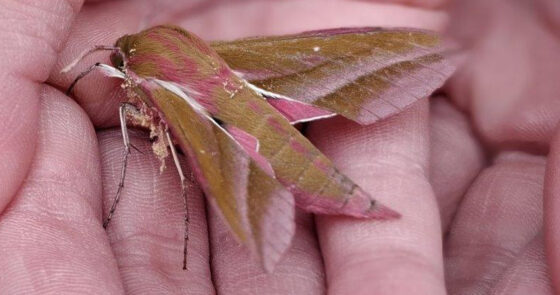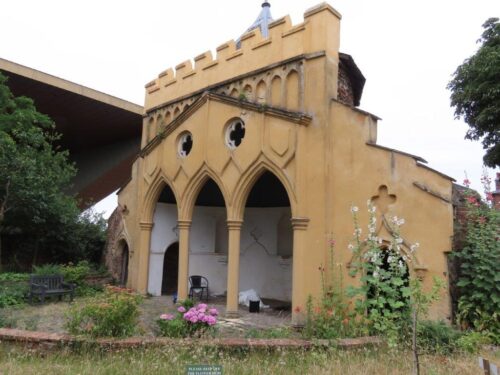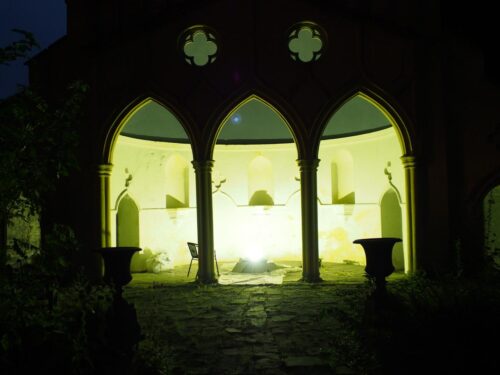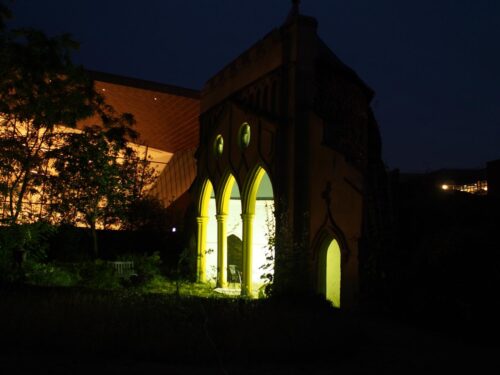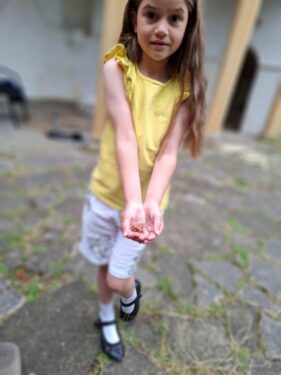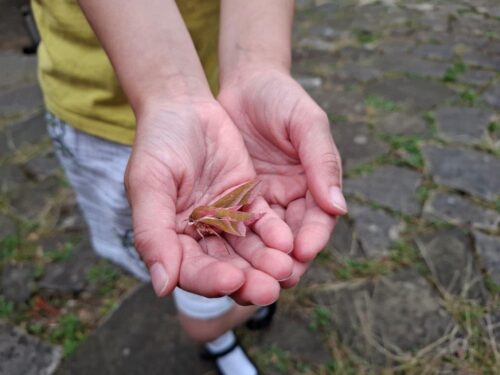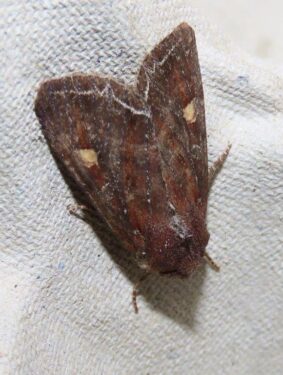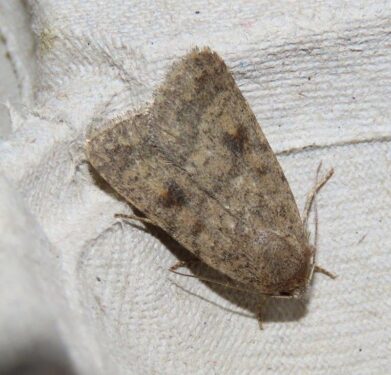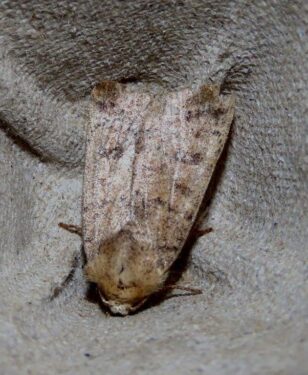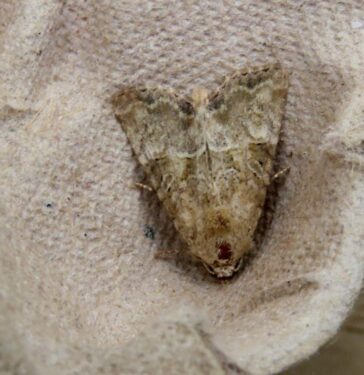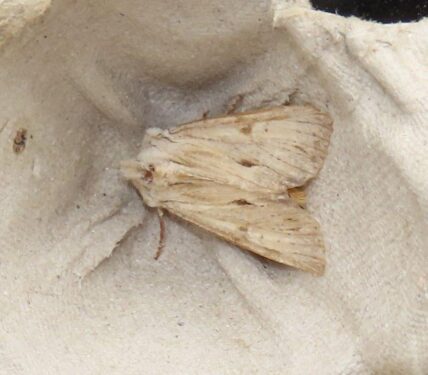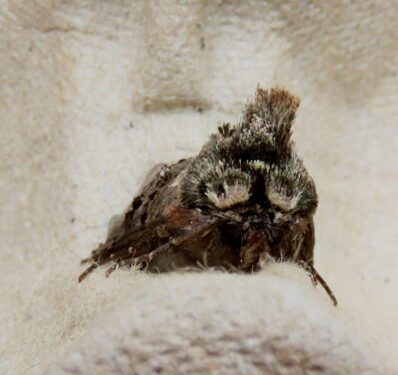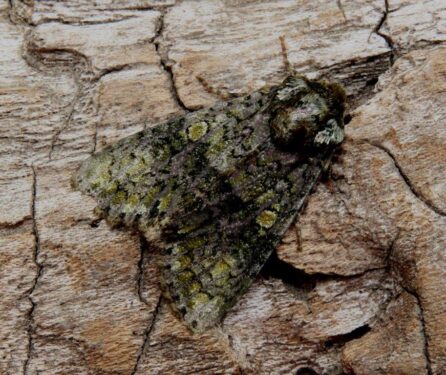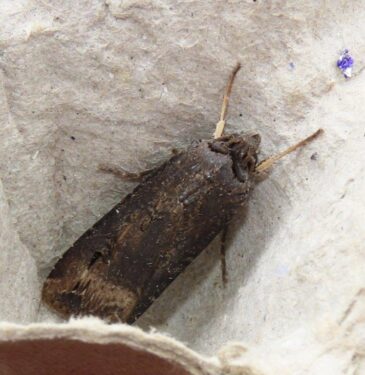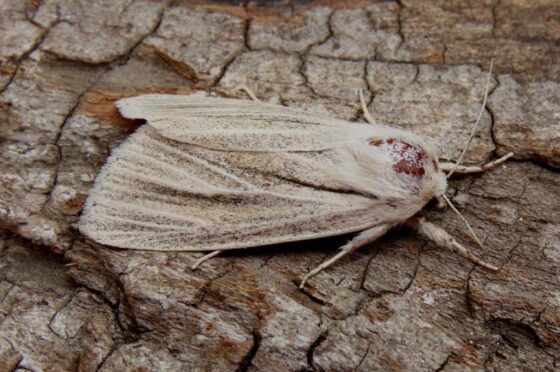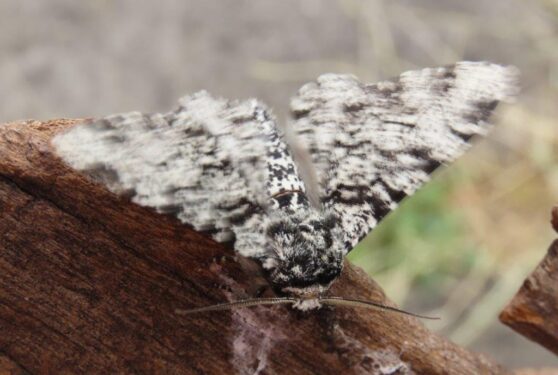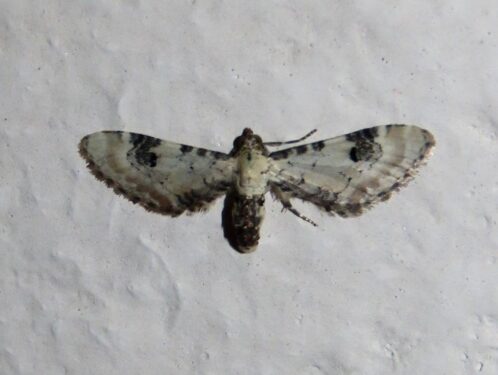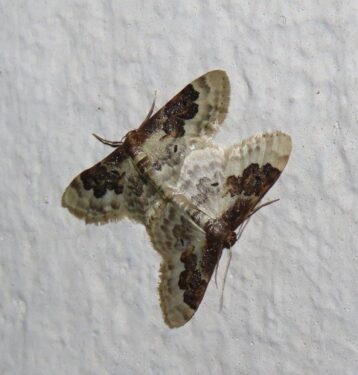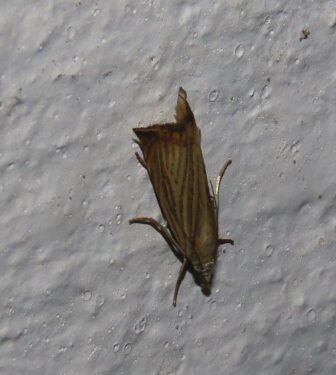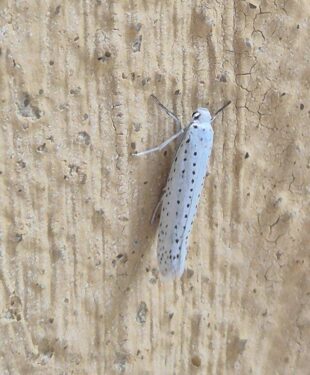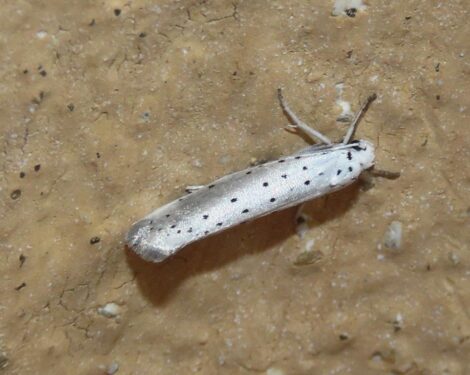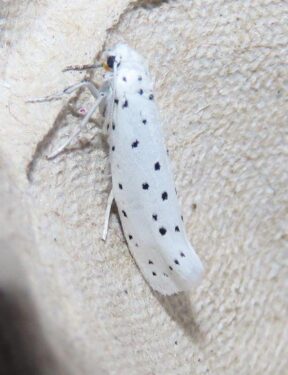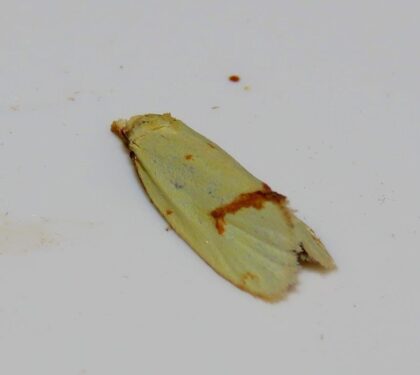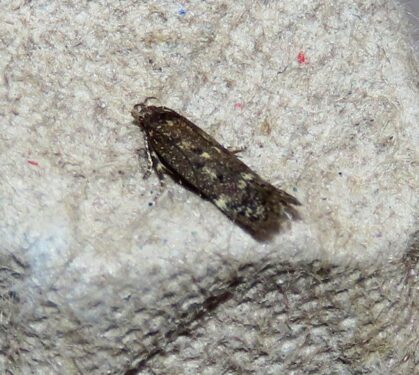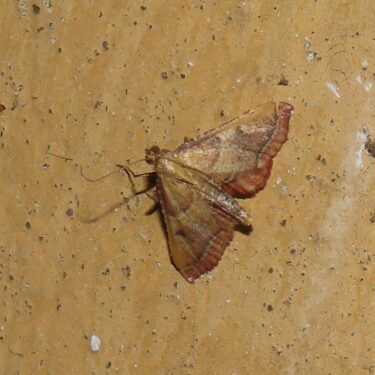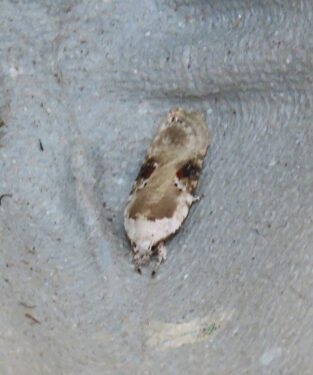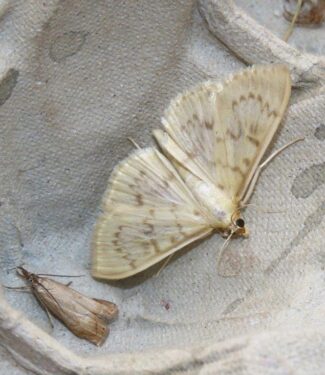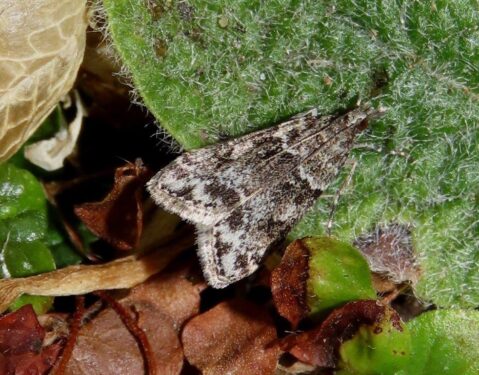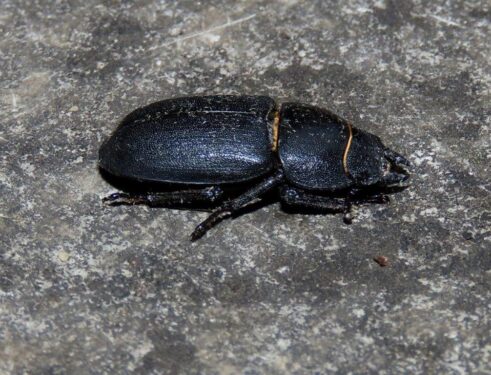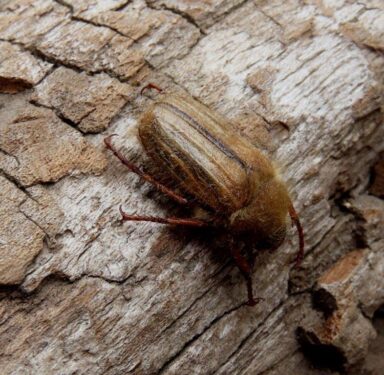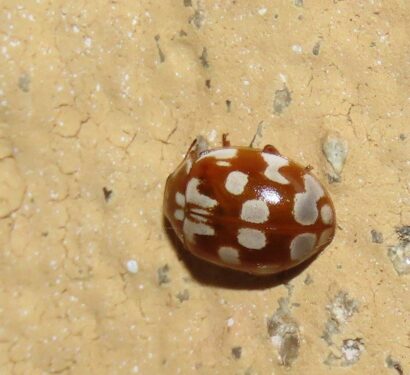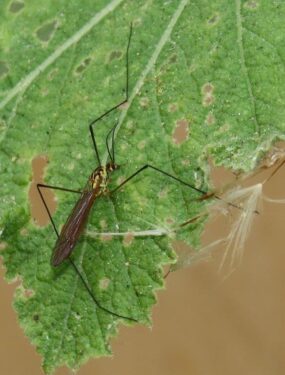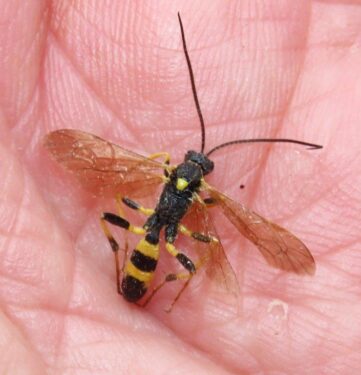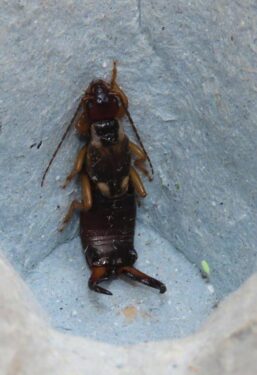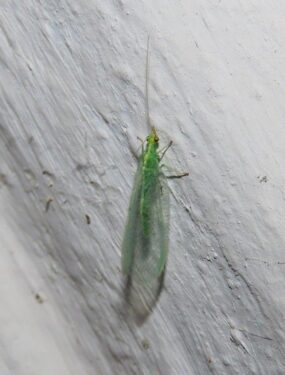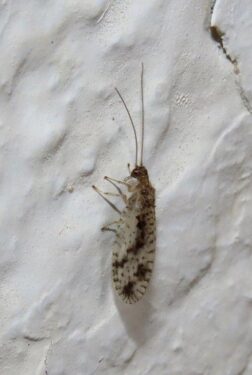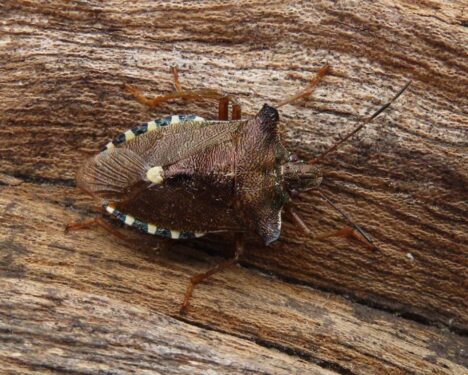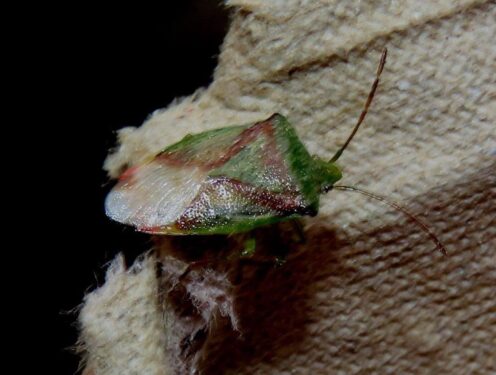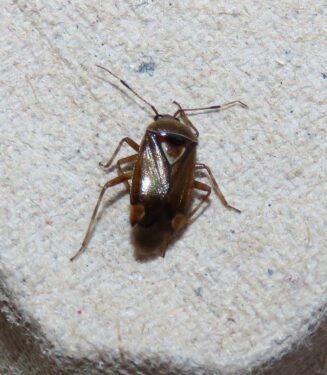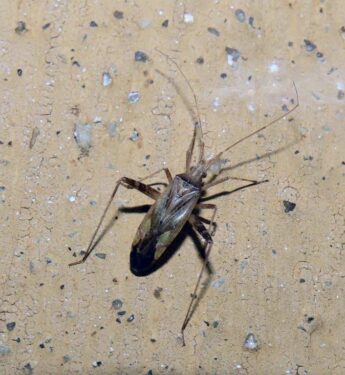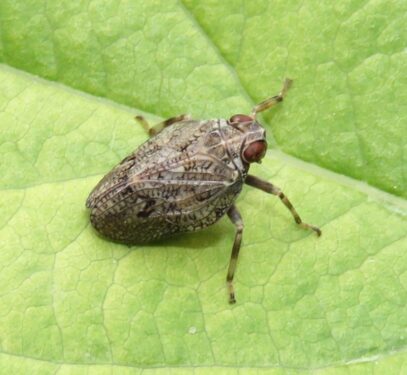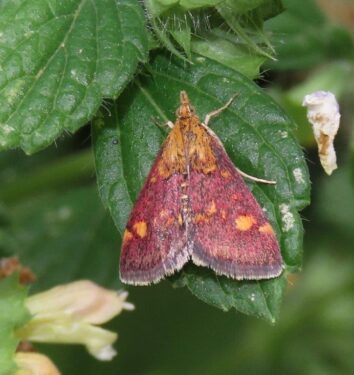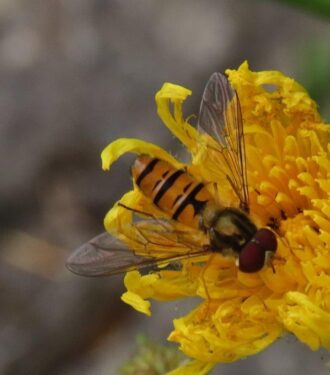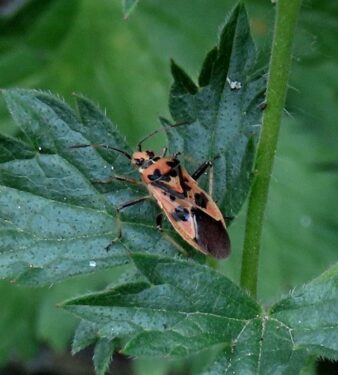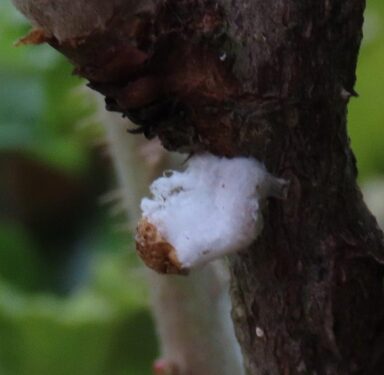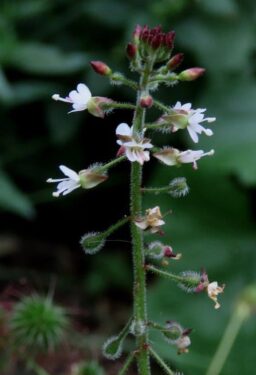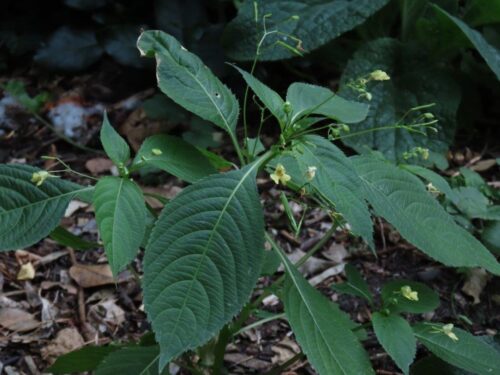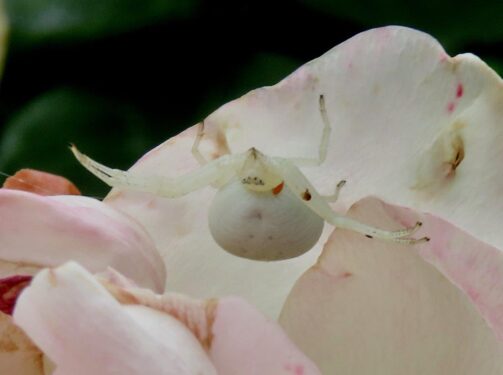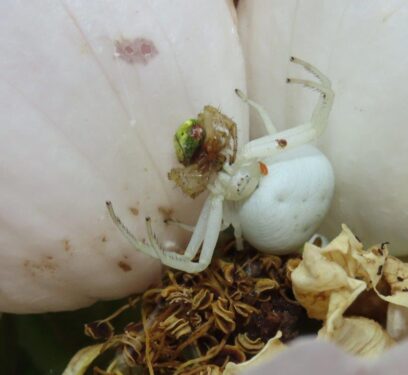The Minories, in the heart of Colchester city, is a delightful place, its garden a haven of calm amid the urban bustle. Managed on traditional lines, the garden has a lawn, borders, shrubs and trees but relatively recently there have been some very positive changes, with the new gardener David at the helm. The garden is no longer drenched in poisons and pesticides, new plants specifically attractive to wildlife have been brought in, so-called ‘weeds’ that have sprung up are now tolerated, welcomed even, and a section of lawn is now a hay meadow.
And so the idea was hatched to investigate the biodiversity value of this site, and hopefully keep on monitoring to demonstrate that small green spaces are valuable, and that with good management they can become more valuable. Part of this was to run a moth trap (in fact two) in early July, and use the opening of the trap the following morning as an opportunity to draw in those who want to learn more about these often hidden parts of our wildlife.
The big trap was set in the folly, which as David’s photos show turned it into a deluxe moth attractor. The night was warm, with some rain at dawn, although a little breezy, and we really had no idea what to expect… Well , the good news is that there were some real crowd-pleasers. Elephant Hawkmoth, of which we caught three, is always one of those:
This was just one of thirty larger moth species, perhaps fewer than we might have hoped for, but remember that the garden sits in a pool of surrounding night-time light, especially when FirstSite has an evening event, as it did on this occasion. The surrounding light must have an effect on the attractiveness of the trap light.
If the hawkmoths provided the colour, many other of the larger moths provided the intrigue, the camouflage and the array of names: Bright-line Brown-eye, Mottled Rustic, The Uncertain, Cloaked Minor, Light Arches…
… The Spectacle (it’s name says it all), Coronet adding a rich green to the palette, Dark Sword-grass hinting at possible immigration from the continent and Reed Dagger, a predominantly coastal Essex Red Data List species which must have wandered up from the river.
And then the geometrids, the weaker fliers among the larger moths, including Peppered Moth (here warming up for take-off), and a couple of ‘bird-poos’: Lime-speck Pug and Least Carpet.
In total the traps probably contained in the region of 60 larger moths. But this figure was well surpassed by the micromoths: I estimated maybe 300 Garden Grass-veneer grass moths alone, along with dozens of at least three species of small ermine: Bird-cherry, Willow and Apple Ermines. Given that most micros have much shorter adult stages and smaller living spaces, really the abundance of grass moths must be down to the proximity of David’s five square metre hay meadow. Just imagine what more of this could do, in the Minories or indeed anywhere else could do for the world.
They may be (generally) smaller, but the micromoths cannot be overlooked – they come in such an interesting array of shapes, colours and postures:
And moths are not the only creatures active by night that are attracted to the traps. We found beetles (Lesser Stag Beetle, Summer Chafer, lots of Harlequin Ladybirds, and a single 18-spot Ladybird, the first time we have come across this conifer specialist)…
… tiger craneflies, the parasitic wasp Amblyteles armatorius) and a Common Earwig …
… both green (Chrysopa carnea) and brown (Micromus variegatus) lacewings …
… and an array of bugs: Forest Bug, Birch Shield bug, Deraeocoris flavilinea, Phytocoris varipes and a Toad Bug.
A full list of everything we found is appended here Minories Saturday Morning Moth Club 5 July 2025, and all were released safely into shelter in the garden after the event.
Of course, while in the garden we couldn’t help but notice other things of interest, unrelated to the presence of the traps. There were Mint Moths on the labiates and Marmalade Hoverflies seemingly on every composite flowerhead…
… a Cinnamon Bug among the geraniums, and scale-insects on the roses …
… Enchanters’-nightshade and Small Balsam popping up unseeded in the borders …
… and a lovely white-form Flower Crab-spider on a blush-pink rose and, when we first found it, eating a green Cucumber Spider. And then when I examined the photos closely, I could see that it too was being eaten, by a tiny orange tick. All of life goes on in the Minories garden, and hopefully Saturday Morning Moth Club will return in summer 2026!
